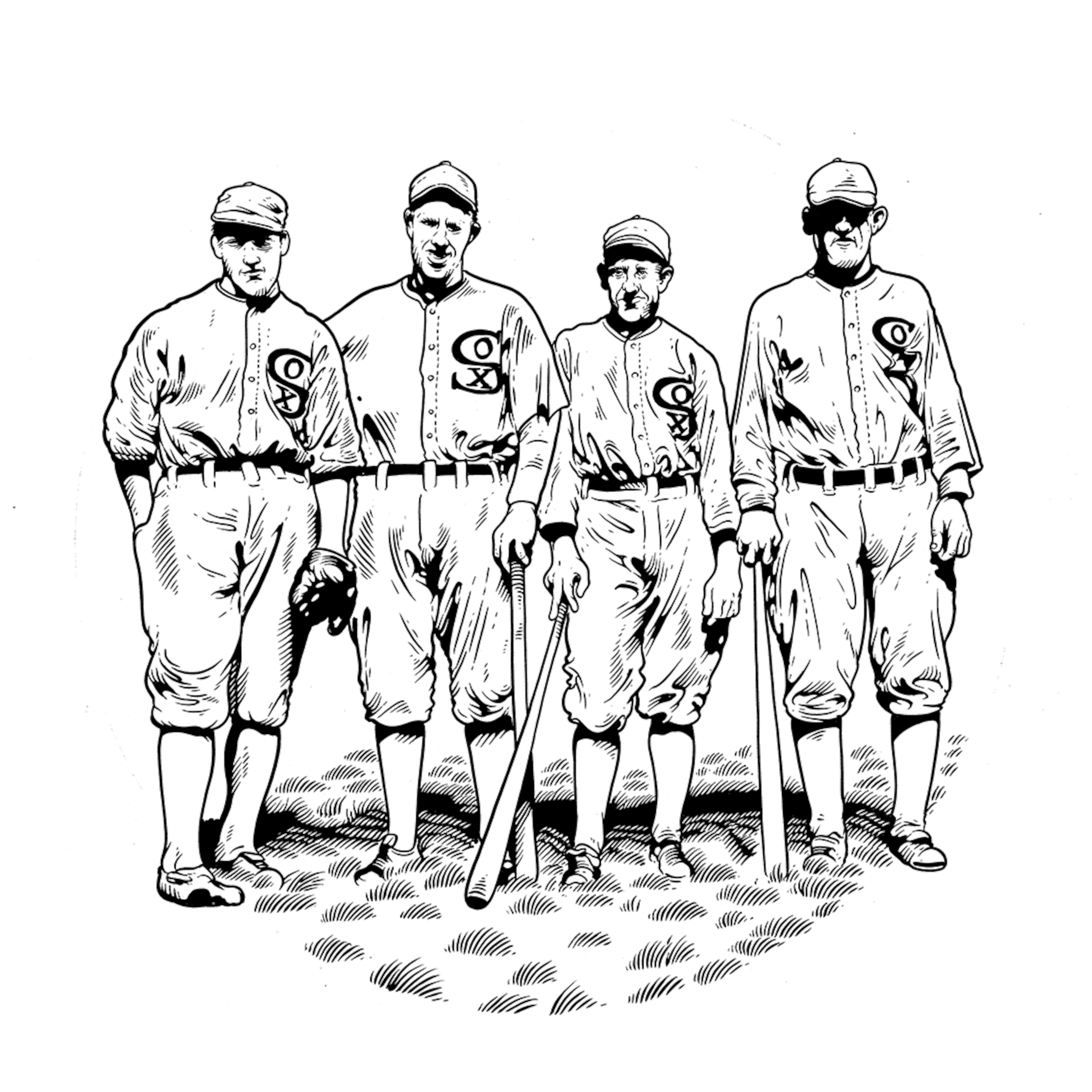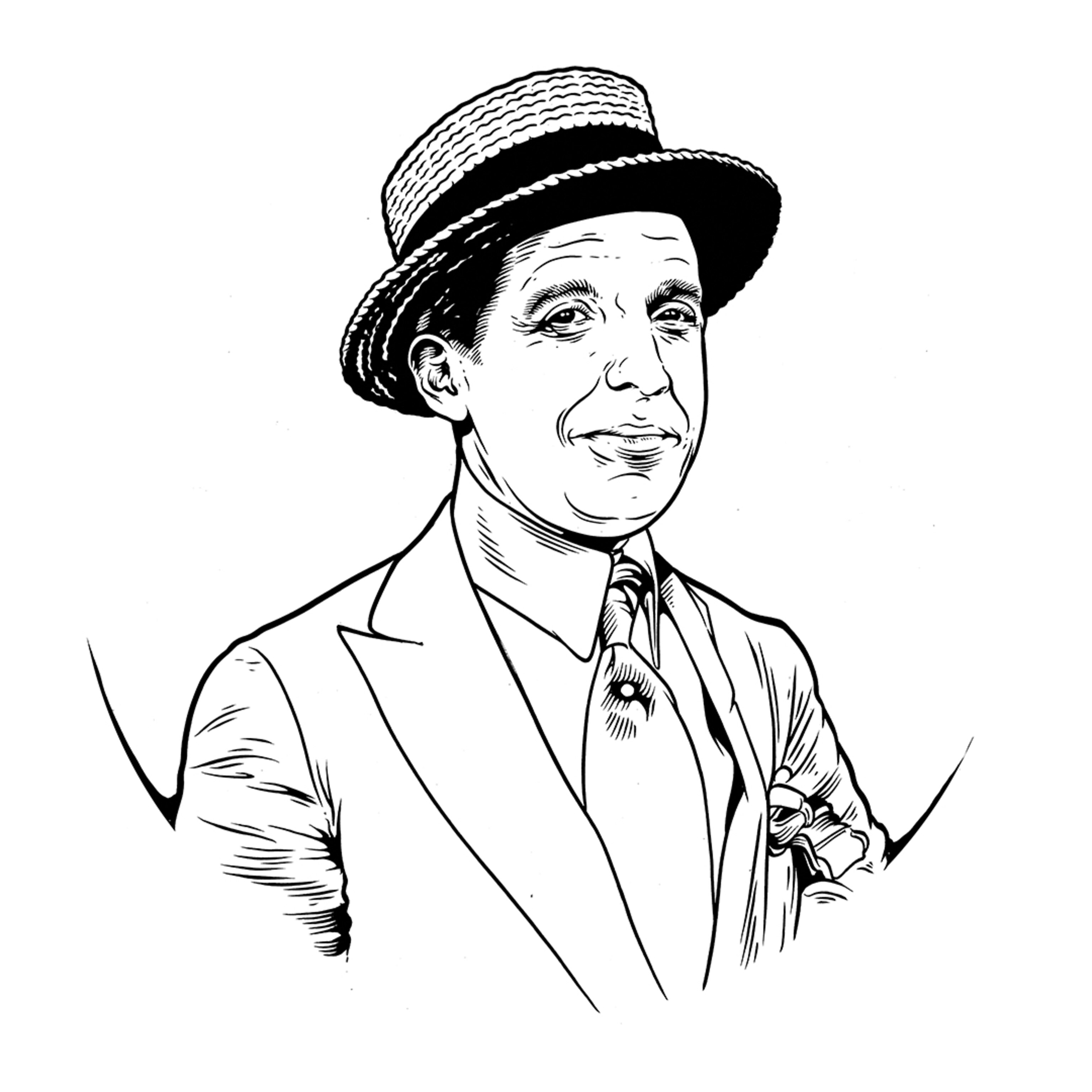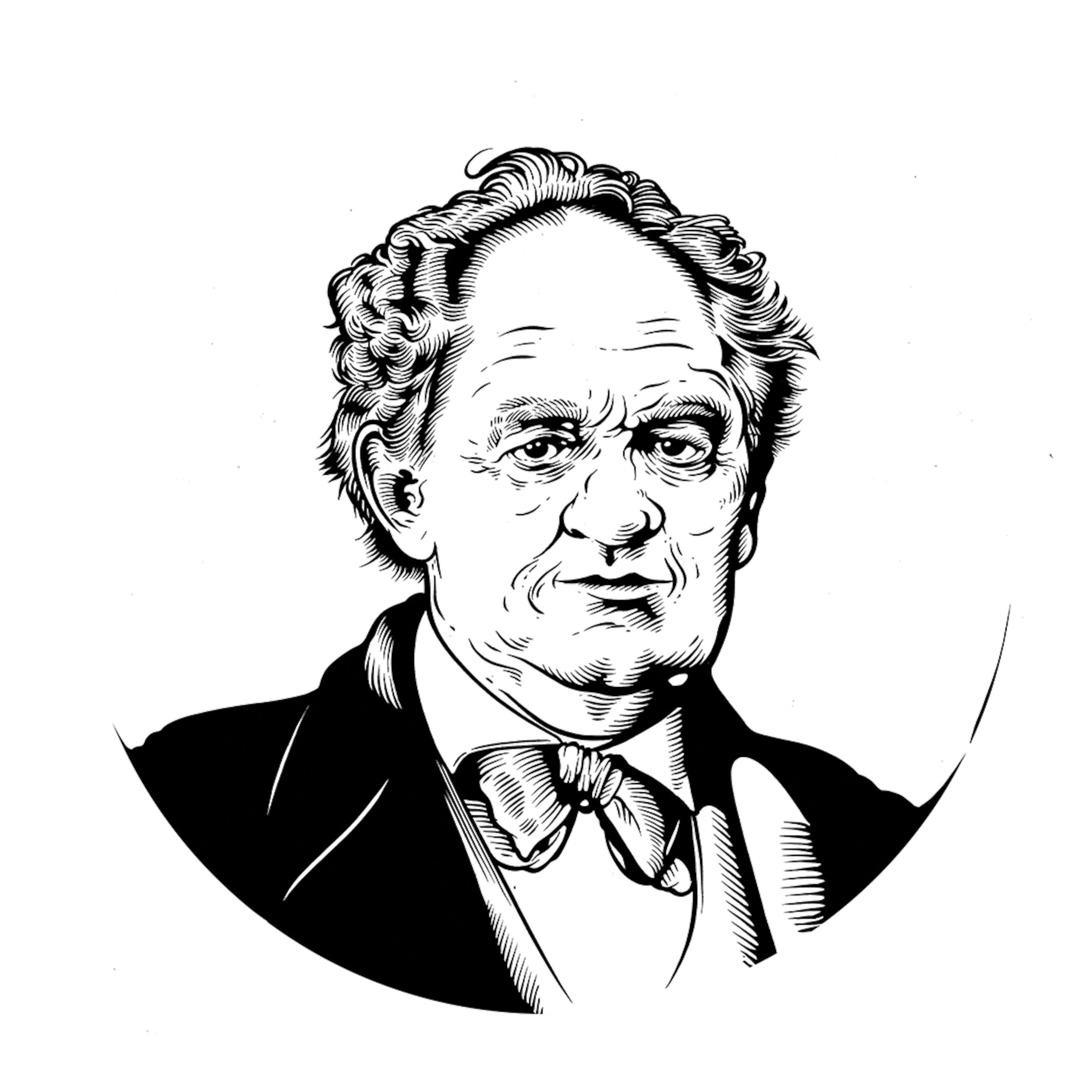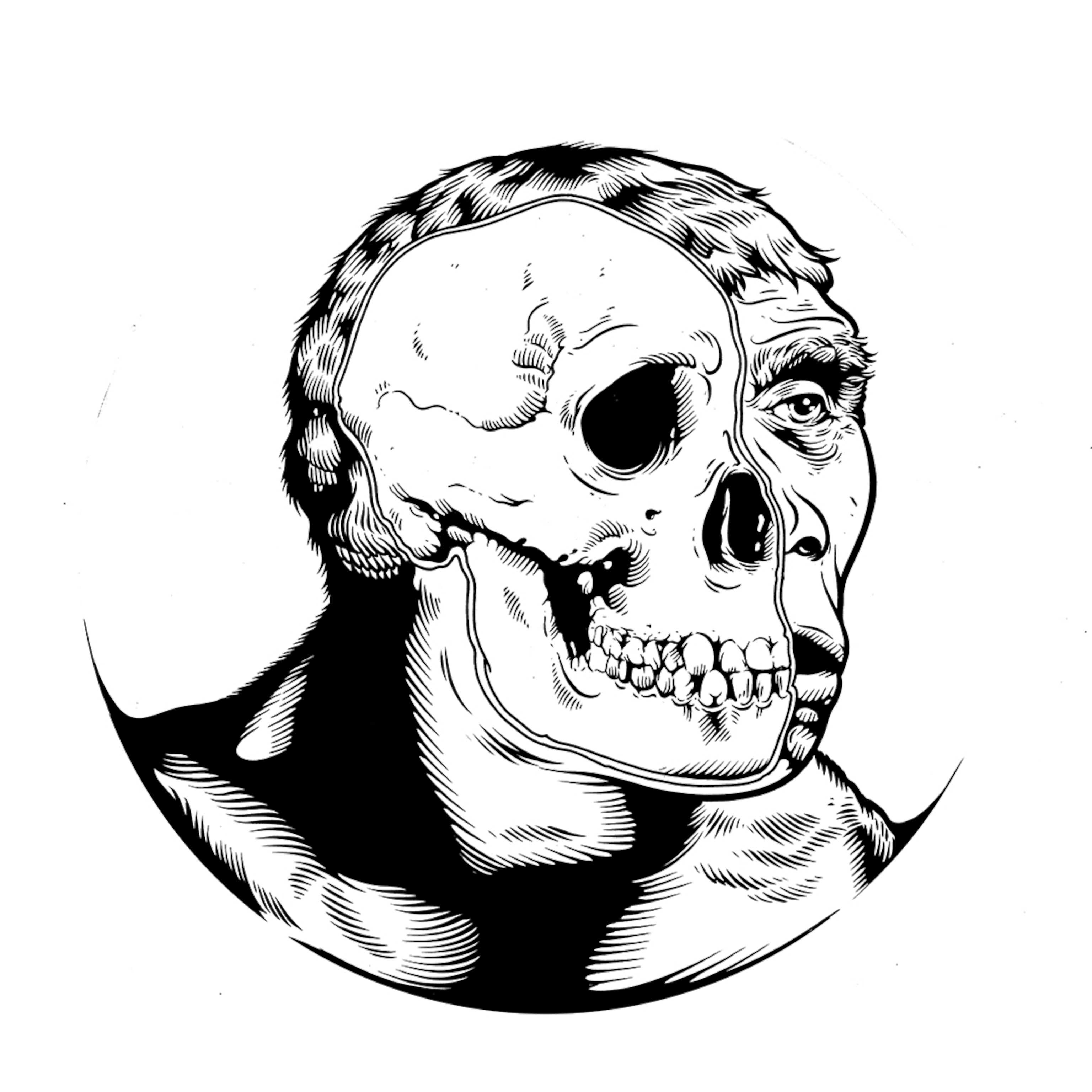These Are History’s Most Notorious Liars
From scientists to presidents, famous people throughout history have told infamous lies.

1. richard nixon
Watergate set the bar for presidential lies when Nixon insisted he played no role. On the morning of June 17, 1972, five men were arrested after breaking into the Democratic National Committee headquarters in the Watergate building in Washington, D.C. The media, led by Washington Post reporters Bob Woodward and Carl Bernstein, doggedly pursued the story, exposing wiretaps, secret documents, and hush money. President Richard Nixon denied involvement in the scandal, declaring, “I am not a crook,” in a nationally televised press conference. But the White House cover-up failed. Faced with almost certain impeachment, Nixon resigned from his second term in office on August 9, 1974.
OTHER PRESIDENTIAL FIBS
Donald Trump: “I won the popular vote if you deduct the millions of people who voted illegally." The president—who won the Electoral College but lost the popular vote—has kept fact-checkers busy with his steady tweets, many provably untrue. There’s no evidence of significant voter fraud.
Bill Clinton: “I did not have sexual relations with that woman." Clinton’s initial denial in early 1998 was subsequently proved false by the discovery of his DNA in a stain on intern Monica Lewinsky’s dress.

2. the 1919 white sox
The White Sox shocked the nation when they threw the World Series. Nearly a century ago, some members of the Chicago White Sox baseball team accepted a bribe—as much as $100,000 (about $1.4 million today)—to deliberately lose the 1919 World Series to the Cincinnati Reds. Suspicions arose in the first game after uncharacteristically sloppy pitching by the White Sox, who were heavily favored to win. “I don’t know why I did it,” pitcher Eddie Cicotte testified before a grand jury. “I must have been crazy.” He and seven other players, including “Shoeless” Joe Jackson, were indicted on nine counts of conspiracy but acquitted by a jury. They were banned from the game for life.
OTHER SPORTS FIBS
Lance Armstrong: “I’ve said it for longer than seven years. I have never doped.” As he had many times, the seven-time Tour de France winner lied to CNN’s Larry King in 2005. Stripped of his titles, in 2013 he admitted to having cheated.
Rosie Ruiz: “I ran the race. I really did.” Crowned the female winner of the 1980 Boston Marathon even though she barely broke a sweat, Ruiz denied cheating. Her title was revoked after evidence showed she hadn’t run the full course.

3. anna anderson
Many made claims to be the grand duchess of Russia, but all of them were frauds. It was a gruesome crime: In 1918 Bolshevik revolutionaries executed Russian tsar Nicholas II, the empress, and their five children. But did Anastasia, the youngest daughter, escape? Several impersonators exploited this hope, most famously Anna Anderson, an Anastasia look-alike who filed an unsuccessful suit in 1938 to try to prove her identity—and claim an inheritance. Anderson, who had supporters as well as detractors, died in 1984. A posthumous DNA test found she was unrelated to the Romanovs and appeared to confirm she was a Polish factory worker named Franziska Schanzkowska.
OTHER BIG IDENTITY THEFTS
Joan Lowell: “Any damn fool can be accurate—and dull.” Lowell famously fabricated her best-selling 1929 memoir, The Cradle of the Deep, about childhood adventures aboard a schooner with her sea captain father.
Han Van Meegeren: “It was awfully hard work.” The modestly talented 20th-century Dutch artist pocketed millions of dollars for his forged Vermeer paintings, which he baked in an oven to make the fresh paint look centuries old.

4. charles ponzi
A famous swindler lends his name to a fraudulent scheme that still endures. In 1919 Italian immigrant Charles Ponzi built a pyramid scheme around international postal reply coupons. Ponzi, who brought in $250,000 a day at the peak of his scheme (about three million dollars today), conned investors into sending him millions of dollars, promising eye-popping returns. Ponzi’s scam—paying one investor with money from others—unraveled in August 1920, when he was charged with 86 counts of mail fraud. In 2008 modern-day Ponzi schemer Bernie Madoff was arrested after bilking investors—including Steven Spielberg, Sandy Koufax, Zsa Zsa Gabor, and Elie Wiesel—out of billions.
OTHER FAMOUS SWINDLES
Cassie Chadwick: “Oh, let me go, let me go. I’m not guilty, I tell you. Let me go!” Chadwick maintained her innocence in 1905 after defrauding banks out of millions of dollars, claiming to be Andrew Carnegie’s daughter.
James W. Johnston: “Cigarette smoking is no more ‘addictive’ than coffee, tea or Twinkies.” R. J. Reynolds CEO’s written testimony for a 1994 congressional hearing denied what the tobacco industry had known for decades: Nicotine is addictive.

5. p.t. barnum
A gifted showman, P. T. Barnum exploited the public’s desire to be amazed. At his first spectacle, in 1835, showman Phineas Taylor Barnum touted Joice Heth as George Washington’s 161-year-old nursemaid. Crowds came gawking to see “the greatest natural & national curiosity in the world.” Barnum profited from the public’s hunger for entertainment by planting embellishments and lies in newspapers. His fabrication about Heth blew up after her death, when an autopsy found her to be no more than 80 years old. Barnum’s flair for fake news culminated when, in ill health, he arranged for the publication of his own obituary so he could read it before he died.
OTHER ENTERTAINMENT HOAXES
Urban Legend: “Paul is dead.” Paul McCartney’s rumored death in a 1966 car crash sent Beatles fans hunting for clues in the band’s albums, including the 1969 release, Abbey Road.
Orson Welles: “I can’t imagine an invasion from Mars would find ready acceptance.” On October 30, 1938, CBS Radio broadcast The War of the Worlds, a feigned account about aliens landing in New Jersey. Some listeners panicked, but Welles, who narrated it, expressed surprise that many had fallen for it.

6. charles dawson and arthur smith woodward
Piltdown man, a clever fabrication of a human ancestor, created a sensation. In 1912 fossil enthusiast Charles Dawson and his collaborator Arthur Smith Woodward, a geologist at the British Natural History Museum, announced the unearthing of humanlike skull fragments and an apelike jawbone from a gravel pit near Piltdown, England. Just a few years earlier, Dawson had written to Smith Woodward, saying he was “waiting for the big ‘find.’ ” But Piltdown man, initially hailed as the missing link connecting ape to human, was a fraud: The bones were stained to resemble ancient fossils, and the teeth, from an orangutan, had been filed down to appear human.
OTHER SCIENTIFIC FALSEHOODS
Hwang Woo-Suk: “I created an illusion and made it look as if it were real. I was drunk in the bubble I created.” The South Korean scientist claimed in 2004 that he had created a stem cell line from the world’s first cloned human embryo. His data were fabricated.
Marmaduke Wetherell: “We’ll give them their monster.” The British filmmaker had his stepson build a Loch Ness monster out of a toy submarine, using wood-plastic composite for the head, which appeared in an infamous faked 1934 photograph.




